SPACE
Asteroid could hit Earth Day before the Election

Intriguing people
The Deep Sky Dude! An Intrigue Journal Exclusive
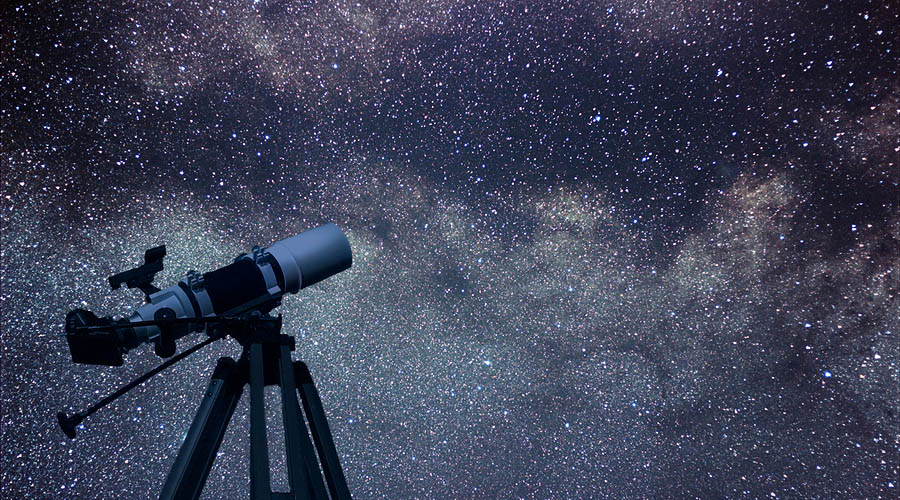
Please Subscribe to our channel – and we would love your comments either here or on YOUTUBE
“I’m just a dude with a telescope.”
“I’m just a dude with a telescope,” says Will Young, The Deep Sky Dude, during another live broadcast of the moon.
It’s a clear night in Southeast Texas. He brews some coffee and sets up his triple-refractor telescope in the backyard. He won’t be looking through the eyepiece. Instead, he’ll be sharing the view with the world via his iPhone on a Facebook live stream.
His audience is international. Astronomy geeks check-in with comments.
“Watching from Peru!” Says Johnny L.
The Deep Sky Dude doesn’t seem to miss an opportunity to engage with viewers. “Yeah, we’re in quarantine here too,” he replies to Johnny L.
Part of Will’s appeal is his genuine appreciation for the community he’s created. He is just a dude with a telescope but he’s gained a lot of knowledge and perspective which he shares alongside the amazing views of space. Questions and comments roll in during the live stream.
The moon looks older, says one observer. And it does. Another follows his own question with, LOL, I was pointing to the screen as if you could see it. In this virtual space, you forget there are miles between. Will has many answers but encourages followers to google-check what he’s saying, add to the conversation. It’s a community.
“Night owls unite!” He exclaims.
It’s 4:25 am. The mooncasts aren’t always so late, but tonight is a waning moon (the second half of the lunar phase) so the moon doesn’t break the horizon until after midnight, and we have the best viewing when it’s at the straightest point above. This is something you’d learn if you tuned in to the live broadcasts. But the beauty of Facebook Live Stream is that you can watch it on replay any time.
Alongside a rippling moon, Will’s voice is a soothing replacement to the pandemic news or absurdly popular series about a guy with tigers. The craters on the moon look familiar, so up-close. And Will identifies them by name. They’re derived from a scientist or astronomer or philosopher. He points out where Apollo 11 landed in the Sea of Tranquility.
The moon looks beautiful, and it’s not even a “good night” for viewing because of the rippling effect caused by the extra water vapor in the atmosphere. “This is why stars twinkle,” Will explains, “because the atmosphere of our Earth distorts the light.”
The tranquil view and space nuances shared by Will, via poetic metaphor, make each live stream feel like an artful meditation. There’s something bigger than you. And it takes away all worry of the day. For now, it’s just you, the view, and some friends under the same big beautiful sky.
The Deep Sky Dude’s grasp of the deep sky has viewers wondering if he works for NASA. He does not. Although he’s had the fortune to attend several NASA Socials. He often records these experiences and shares them with passionate documentation. You can see the full version of his SpaceX CRS 20 Launch here. The moving experience translates through the cheers and cries of spectators. During our conversation, Will described the nebula-like view of gasses that coalesced,
“It was unbelievable! I was awestruck.”
True to his moniker, The Deep Sky Dude has a lot of deep thoughts. Perspective is what he’s gained from hours of space observation. Gratitude is inherent in Will’s daily life. And Empathy is a practice he believes important – for humanity – that we’re able to understand, help, and serve one another.
Empathy – noun
1. The psychological identification with or vicarious experiencing of the feelings, thoughts, or attitudes of another
2. the imaginative ascribing to an object, as a natural object or work of art, feelings or attitudes present in oneself
Empathy is so often a concept we equate with hardship or challenges. We feel for others. But spend enough time with The Deep Sky Dude and you realize empathy is bigger than that. Empathy is feeling with one another. It’s relevant in every experience – the good, the bad, and the awe-striking – all the feels. And our ability to empathize begins with sensory input. Sound, a powerful catalyst. Mute the audio on Will’s CRS 20 Launch video and you’ll see a gorgeous nebula. But add the audio, and it moves you – maybe to tears. Will says he needs to “reign in” his enthusiasm. I’m thankful he’s unable.
The Deep Sky Dude has a natural understanding of sound and its effect. He’s a talented musician and composer with two (soon 3) volumes of Deep Sky Tunes. Will describes his music as his lifeblood – his passion project. “I can’t stop writing music,” he says, “it just happens.” Even a wrong chord, Will says, is the genesis for a brand new song. In response to his natural urge to tinker with each completed song, Will coaches himself, “The recipe is done! It’s time to bake it.” He says, “You can’t keep painting the same picture,” because the result is stagnation and lost inspiration.
Will is an engaging communicator and teacher. He has extensive knowledge of Astronomy and has seen as far as 16.5 billion light-years away – a quasar – at the edge of the observable universe. I asked him what he found most astonishing about deep space. There’s a lot, he said, and then narrowed his answer to the vastness and the voids. When you know as much as Will about space, you glean perspective from its study.
Will is entering his 11th year as President of the Astronomical Society of South East Texas (ASSET). Along with his regular broadcasts of space, he generously donates his time to outreach programs and stargazing parties. And that’s not all. Will is also a skilled glass sculptor! There’s just so much to this Dude! Head on over to his YouTube Channel to give him a follow and see some remarkable and rare footage – like the 2017 Total Solar Eclipse in 4K, ISS Transit of the Sun, The Occultation of Venus & the Moon, and especially those beautiful Mooncasts!
“Be good to yourselves. Be good to someone else. And we’ll catch y’all on the flipside. Peace.”
– Deep Sky Dude signing off, Mooncast, Feb 1, 2020.
Juliana is an entertainer and writer. She’s currently working on a book about her Life With A Monkey. Check out her website at www.julianafay.com.
Juliana Fay Reports
Conspiracy Theories of the Cosmos
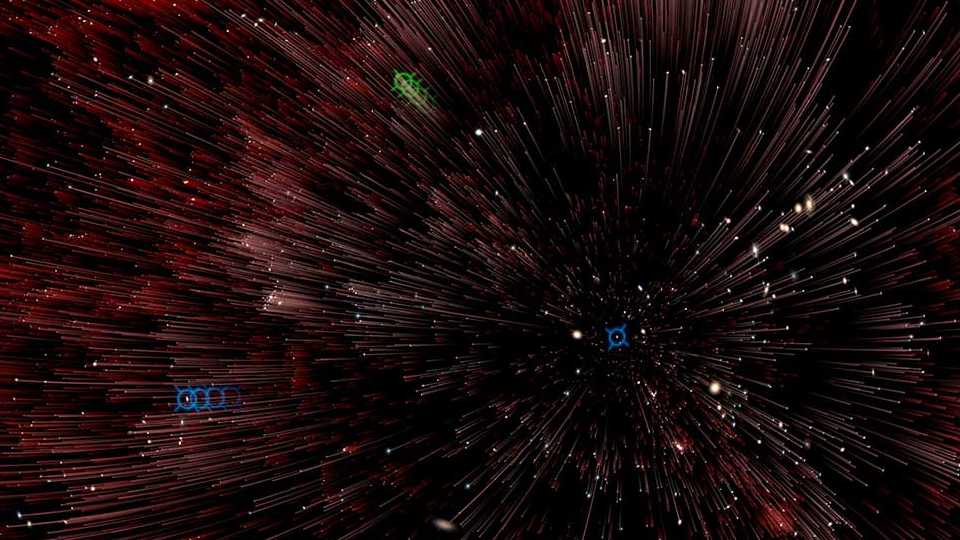
Conspiracies in the Cosmos
A second sun? A ninth planet? Cosmonauts lost in space? Murder? Welcome to 2020 and another year of exploring Intrigue and Mystery! The start of a new year invokes reflection and anticipation. One thing is certain, whether we go backward or forward in time, we’ll find mysteries to delight in and conspiracies to consider – even in science. And why not? Science IS wildly creative. Our working theories are literally our best guess – our best explanation for an observation – until we come up with something better. We kick off the New Year with some Intriguing theories and conspiracies floating around in space and time.
The Sun’s Evil Twin
It’s a sensational story, the evil twin, and not uncommon for a daytime drama. But in the cosmos? There’s solid science to back up the possibility that another star, a twin to our Sun, exists. Mathematical models tell us almost every star is born with a buddy, that binary systems are common and the fact that we have only one is unusual.
Let’s walk through the science around this crazy idea…
A team from UC Berkley studied the Persius Cloud, a stellar nursery 600 light-years away. They input the data into computer simulations to model different scenarios. In the end, the only way to make all the pieces fit is to conclude that ALL stars with the mass of our sun begin as part of a binary system. An estimated 60% of them move away to form single-star systems while the rest drift closer into tight binary systems. The research is published online.
So assuming our system is among the 60% that move away from one another, then WHERE is the twin? Space is an unimaginably big, BIG place. It could be anywhere. It might’ve migrated outside of our solar system and is floating somewhere in the Milky Way, maybe joined a different star system. Or it could be a black dwarf star that’s still in our Solar System, and we simply can’t see it. Thus, making it the evil twin because it poses a collision hazard for the rest of the neighborhood. Perhaps it launched the asteroid that killed off the dinosaurs.
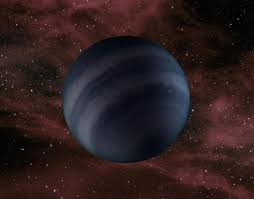
Image credit: NASA/JPL-Caltech, Artist Rendering
Whether the sun has a twin, the fact remains that our single-star system is unusual. According to NASA, “Binary and multiple-star systems are about twice as abundant as single-star systems in our galaxy, and, in theory, other galaxies.” Further, observations from NASA’s Spitzer Space Telescope reveal that mature planetary systems are more frequent around close-knit twin or binary stars than a single star like our sun. That is to say, a double sunset is more commonplace in the universe.
Imagine a double sunset!

Image credit: NASA/JPL-Caltech, Artist Rendering
Soviet Cover ups of Lost Cosmonauts
History books have written Yuri Gargarin was the 1st man in space. The Cosmonaut successfully completed one orbit of the earth in April 1961. However, the theory alleges that several Cosmonauts went to space in the 1960s but did not return.
Two Italian brothers who were amateur radio operators have recordings to support the theory. They allege to have heard and, in some cases, recorded secret Soviet space missions with tragic and mysterious endings – the dying and suffocating sounds of lost cosmonauts and SOS calls that grew dimmer.
The pair released nine different recordings. One of these, a chilling exchange in November of 1963 – a female cosmonaut who they believe was re-entering the Earth’s atmosphere in a malfunctioning spacecraft. In the recording she is heard to have cried out, “I feel hot… I see fire… am I going to crash?” And curiously, 3 days later, the Soviets announced the return of an “unmanned” spacecraft that burned upon reentry.
If true, this was the 1st woman in space.
Planet X
Gravitational physics predicts there may be another planet lurking in the far reaches of our solar system. This is not an unusual way to theorize. In fact, they predicted Neptune before they saw the planet.
The theory of Planet X was born when researchers noticed unusual patterns and clustering in the movement of six distant objects in the Kuiper belt. The objects appear to be influenced by something with a lot of gravitational pull. Mike Brown (ironically, the man responsible for demoting Pluto) and Konstantin Batygin believe there is other evidence. For example, Planet X could be responsible for the slight tilt of the sun, as well as the reverse orbit of some smaller objects.
If this ninth planet exists, it’s said to be 10-12 times the size of the earth (a smaller Neptune) and 500-1200 AUs from the Sun. This is far out there when you consider the Earth is 1 AU and Pluto is 50 AUs from the sun. At this distance, the planet would likely take up to 20,000 earth years to complete one orbit. Gravitational physics predicts where the planet is orbiting and the CalTech researchers have been looking for the planet from the Subaru telescope in Hawaii.
The vastness of space is unfathomable when you consider we can’t even be sure what’s in our own solar system.
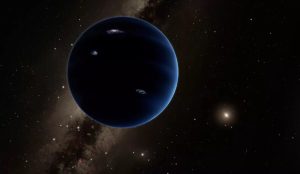
Image Credit: NASA, Artist Rendering
Murder!
Prior to the invention of the telescope, the 16th-century Danish astronomer, Tycho Brahe, devised some of the most precise instruments to observe the skies. They allowed him to determine more precisely than had been possible the detailed motions of the planets. His observations – a comprehensive study of the solar system and accurate positions of over 777 fixed stars – were noteworthy for their accuracy and quantity, moreso than any predecessor or contemporary. He was very secretive about his notes, keeping them under lock and key.
In 1600 Brahe built an observatory in Prague and invited Johannes Kepler to work with him. He died shortly thereafter at the age of 54. His death was ruled to be bladder or kidney-related but suspicions over the decades prompted an exhumation of his body for testing in 1901. The results suggested poisonous levels of mercury.
The prime suspect? None other than his assistant, the late Johannes Kepler! Afterall, he’d have much to gain with access to Brahe’s notes.
Like any good true crime mystery. We can’t let this one go. Brahe’s body was exhumed a second time in 2010. This time the results ruled OUT mercury poisoning as a cause of death. But it was a good story.
Many found the accusations against Kepler unlikely as he was a man of God with a conviction that the universe was perfectly organized and designed by an intelligent creator. He did benefit (as did we all), drawing off the work of Brahe when he created the Laws of Planetary Motion. And, true to Kepler’s convictions, these laws exemplify a mathematical harmony in the Cosmos.
Juliana is an entertainer and writer. She’s currently working on a book about her Life With A Monkey. Check out her website at www.julianafay.com.
SPACE
ELEVEN ways NASA technology is applied to Terrestrial Life
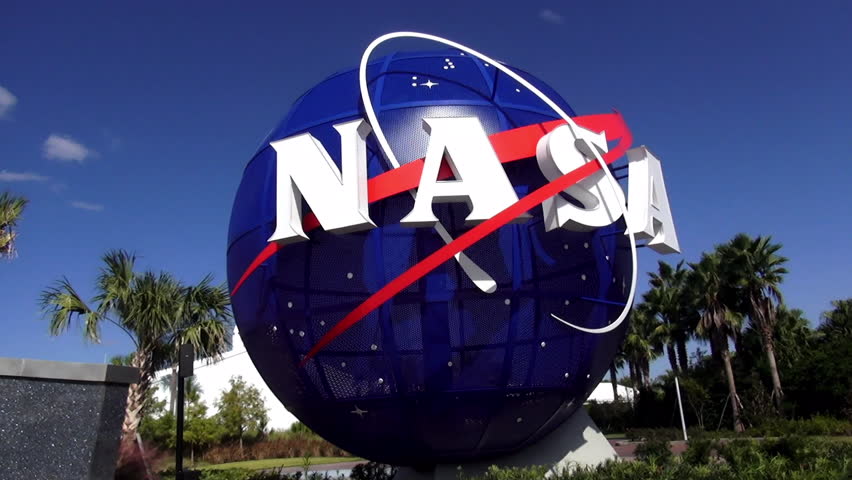
 NASA Spinoffs
NASA Spinoffs
We have NASA to thank for many modern-day conveniences and improvements to our lives. Our water is purified, home insulation improved, highways safer and tires more durable, to name a few. In addition to driving exploration of the moon and Mars, NASA technology provides solutions on Earth. This mandate dates to NASA’s beginnings. President Eisenhower believed space technology should be shared with the tax-paying public and re-purposed for real life.
- The computer mouse. This little tool has supported navigation in computing since its introduction in 1968, known as the Mother of all Demos because it changed the course of history and the way we use computers. Its inventor, Doug Engelbart, was a pioneer who was among the first to envision that we’d use hardware – such as keyboards, displays, and mice – that would allow people with common goals to share information. With that, computers advanced from computational usage to communication. It’s believed the mouse was named – by its inventor – because of its size and its tail-like cord.
- Memory foam. Thank you, NASA! Astronauts needed a comfortable ride and a little cushion for crash landings. I mean, if you’re going to be sleeping on the moon, bring a decent pillow! Developed in the 1970s, we earthlings now get to sleep like astronauts.
- Invisalign. Invisible braces are said to be the best-selling orthodontics of all time. The translucent ceramic was created for use in tracking heat-seeking missiles. NASA needed a material that would both protect radar equipment and allow radio waves to penetrate. Who knew the space gear behind your beautiful smile also protects our nation?!
- Precision GPS. Do you remember navigation before GPS? Stacks of paper maps crammed in the glove box and (hopefully) a passenger to assist. Eventually, we had MapQuest to print up directions. And NOW? Okay, Google, navigate to Starbucks. If the location on your phone is enabled, you don’t even need to suggest a city. You’ll get all the options nearest you.
- Scratch resistant UV Protection Eyewear. There’s a lot of debris and dust in space so NASA developed a special coating to protect visors on helmets and other equipment with plastic surfaces. If you’re like me, the ratio of cost is in direct proportion to lost sunglasses. I don’t buy RayBans, but thanks to NASA even a $10 pair has some cutting-edge technology.
- Freeze Dried food & Safe Packaging. John Glenn, the first American astronaut in space is said to have eaten applesauce packaged in toothpaste-like tubes. Granted, he was only out there for about 5 hours (3 orbits of the Earth) so probably a small snack was sufficient. During the Mercury missions (1958-63), the menu grew to include bite-size cubes and freeze-dried powders. Complaints ensued and, by the time the Gemini missions (1964-66) rolled around, improved packaging of freeze-dried foods made reconstituting easier and foods more appetizing.
- Baby Formula. In a search for healthy food initiatives to accompany life on Mars, NASA was searching for plant-based food that contained little water and was light in weight. While studying algae they came across a nutrient only previously known to be in human breast milk – an Omega 3 / Omega 6 Fatty Acid combination. NASA was able to synthesize it, reproduce it, and now we have it in our olive oil, eggs, peanut butter and baby formula. The combination is important to the development of fatty tissue in the eyes and brain.
- Cochlear Implants. In 1970 Adam Kissiah, a hearing-impaired engineer at the Kennedy Space center used his NASA experience in electronic sound and vibration sensor systems to develop an implant that worked by electric impulses rather than sound. Today, over 350,000 people have these implants and the number is growing. The experience of hearing for the first time prompts a highly emotive response that can be shared by viewers of You Tube videos such as THIS.
- Other Medical Advancements. These include improved imaging in MRIs, CT and CAT, programmable pacemakers, prosthetics, insulin and cardiac pumps. The technology is not always invented by NASA, but enhancements by NASA provides the benefit.
- Ear Thermometer. Out with the old Mercury thermometers, and in with the new! This improvement in accuracy (and comfort) was developed using NASA’s infrared technology which measures the temperature of stars!
- My FAVORITE! An Apollo-era partnership with Black & Decker to build battery-operated tools for moon exploration and sample collection gave us…. the DUST BUSTER!
For more examples of NASA technology in your daily life, visit the NASA Spinoff Publication.
Technology is not the only spinoff from NASA. A management style constructed by George Meuller, who led NASA’s Human Space Flight Program from 1963-69, has served equally well in the private sector. Meuller understood that to accomplish the extraordinary goals of the time, re-organization and calculated risk were essential. He established a flat organization allowing engineers direct access and communication to decision-makers to speed up progress. In addition, he cultivated trust in the visionary ideas of lower-level employees. The average age of mission control was 26. Meuller’s is a management style adopted by many Silicon startups which hire the young and think outside the box.
The leaps and bounds to our ease of living are advantageous but technology can be a double-edged sword. That is, when science gets ahead of us and we need to defend against our own design. On the next INTRIGUE JOURNAL…
-
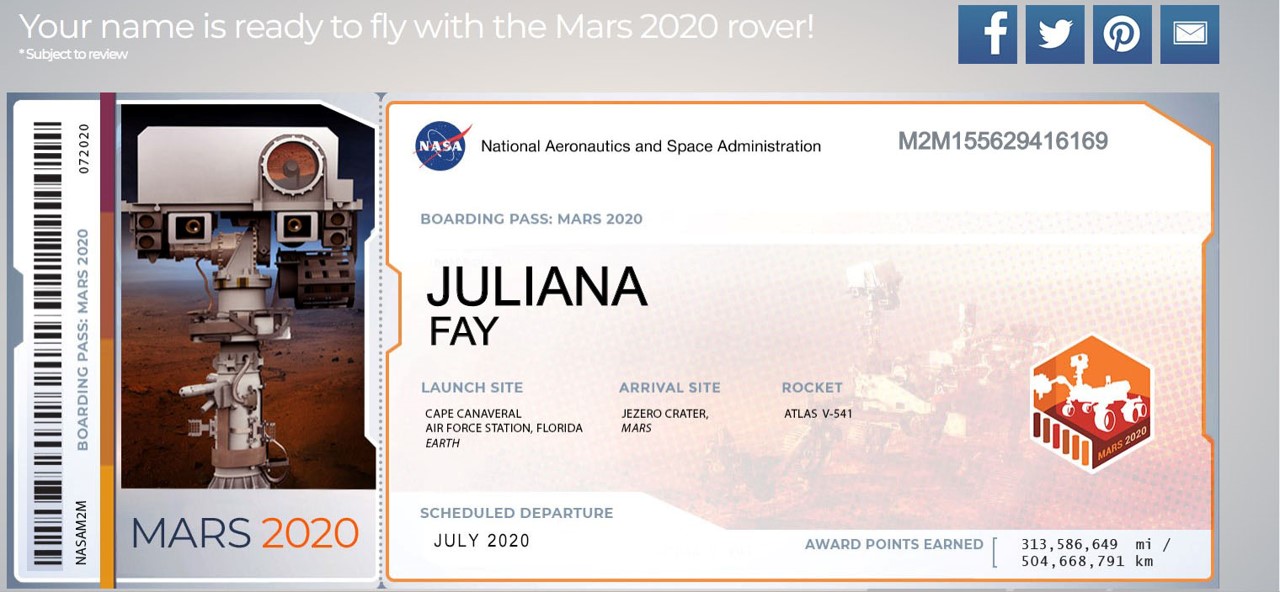
 SPACE & COSMOS5 years ago
SPACE & COSMOS5 years agoHumans in Space!
-

 Intriguing people4 years ago
Intriguing people4 years ago108 Year old woman survives Covid!
-

 ghosts5 years ago
ghosts5 years ago5 of the most Mysterious Ghost Ships!
-
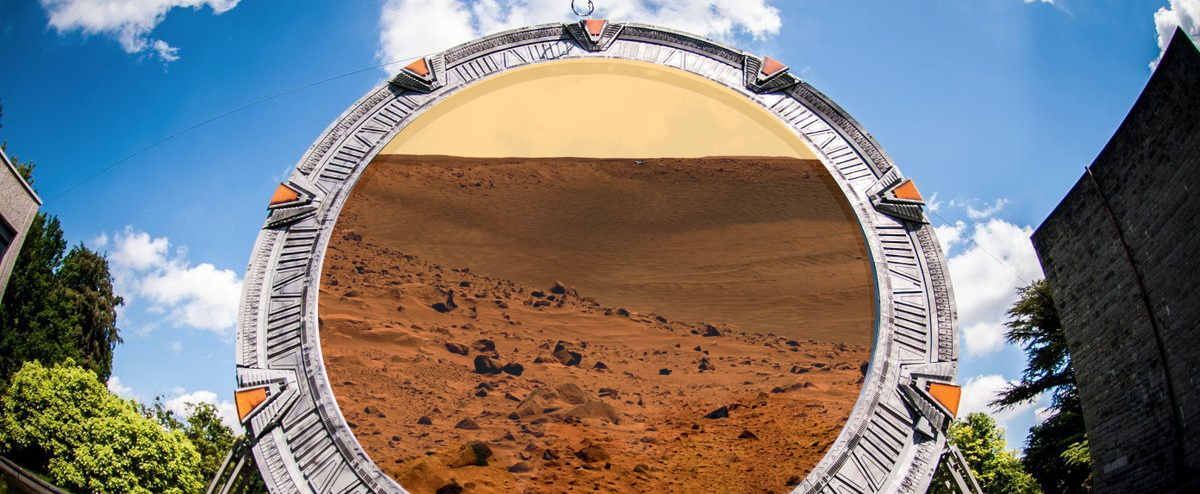
 CONSPIRACIES4 years ago
CONSPIRACIES4 years agoEinstein Equations & Tesla’s Notes – Time Travel Might Be Reality
-

 Uncategorized4 years ago
Uncategorized4 years agoSharks in Great lakes and Mississippi River?!
-
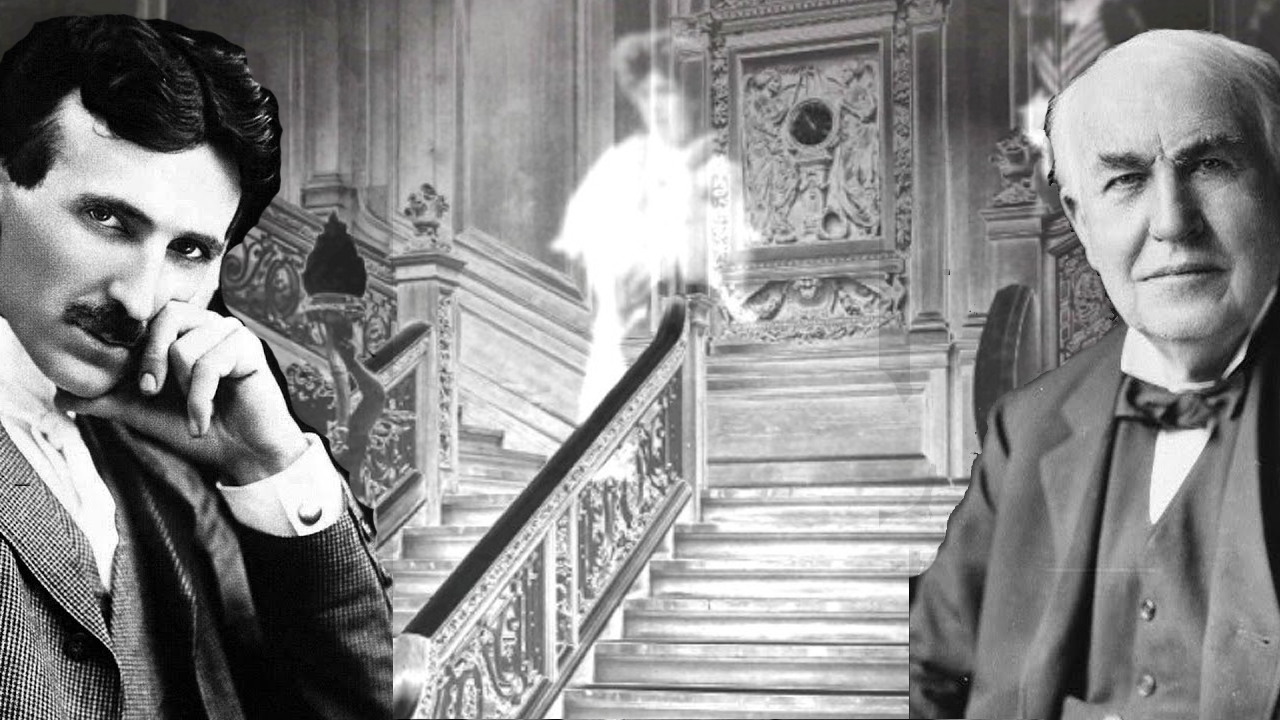
 ghosts4 years ago
ghosts4 years agoTesla & Edison’s Ghost Machines!
-

 SPACE & COSMOS5 years ago
SPACE & COSMOS5 years agoHappy 50th Anniversary Apollo!
-

 SPACE5 years ago
SPACE5 years agoELEVEN ways NASA technology is applied to Terrestrial Life


